- Joined
- Mar 11, 2013
- Messages
- 2,426
So, I bought a CBI diamond with the following dimensions:
Table 57%
Crown Angle 34.5 degrees
Crown Percentage 14.8%
Pavilion Angle 40.8 degrees
Pavilion Percentage 43.1%
Depth 61.5%
Star 51
Lower Girdle Facet 77
It’s beautiful, of course, but I still wonder about FIRE. When I was initially selecting the diamond via video, I asked the reps about how to select a diamond that exhibited more fire. They replied that across the spectrum of CBI diamond cuts (of various percentages), all CBI diamonds exhibit similar fire characteristics. EG, that selecting any CBI stone with -any- proportions will give you equivalent fire. EG, just pick any CBI, you get the same performance.
My question to anyone who has seen an in-person comparison of various CBI diamonds: have you seen a consistency in fire? Or are CBIs with smaller tables and higher crowns more firey than ones with larger tables and smaller crowns as one would expect from those types of angles?
I can say that my CBI diamond exhibits all of the beautiful CBI characteristics people here have talked about (very contrasty facets, darkening in bright light while remaining flashy and shimmery, etc.
Table 57%
Crown Angle 34.5 degrees
Crown Percentage 14.8%
Pavilion Angle 40.8 degrees
Pavilion Percentage 43.1%
Depth 61.5%
Star 51
Lower Girdle Facet 77
It’s beautiful, of course, but I still wonder about FIRE. When I was initially selecting the diamond via video, I asked the reps about how to select a diamond that exhibited more fire. They replied that across the spectrum of CBI diamond cuts (of various percentages), all CBI diamonds exhibit similar fire characteristics. EG, that selecting any CBI stone with -any- proportions will give you equivalent fire. EG, just pick any CBI, you get the same performance.
My question to anyone who has seen an in-person comparison of various CBI diamonds: have you seen a consistency in fire? Or are CBIs with smaller tables and higher crowns more firey than ones with larger tables and smaller crowns as one would expect from those types of angles?
I can say that my CBI diamond exhibits all of the beautiful CBI characteristics people here have talked about (very contrasty facets, darkening in bright light while remaining flashy and shimmery, etc.
Last edited:





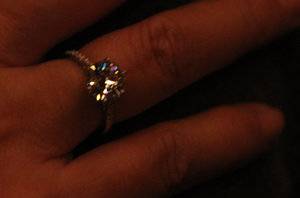
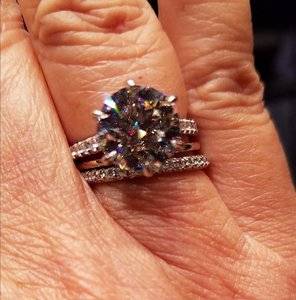
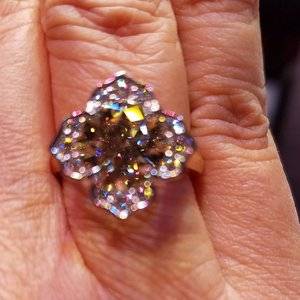

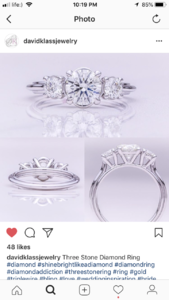
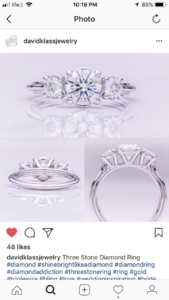
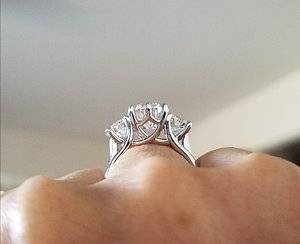
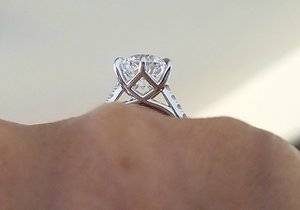
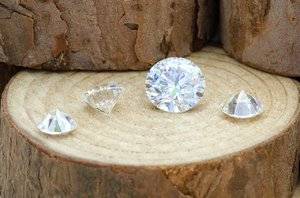
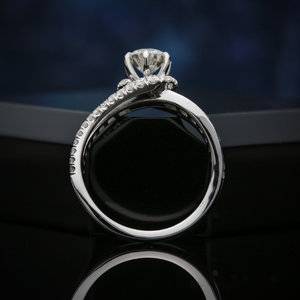

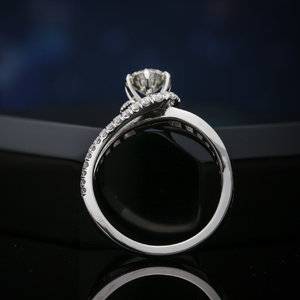
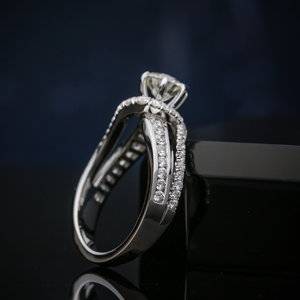
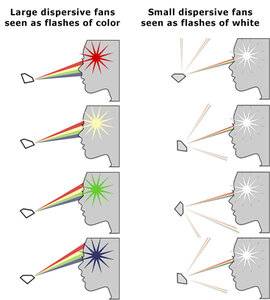
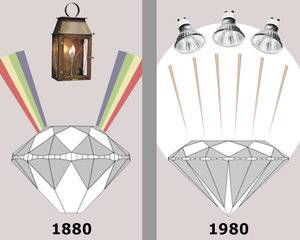
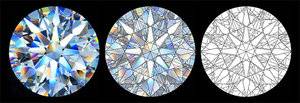
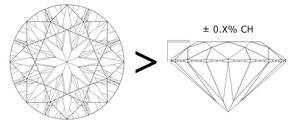


300x240.png)